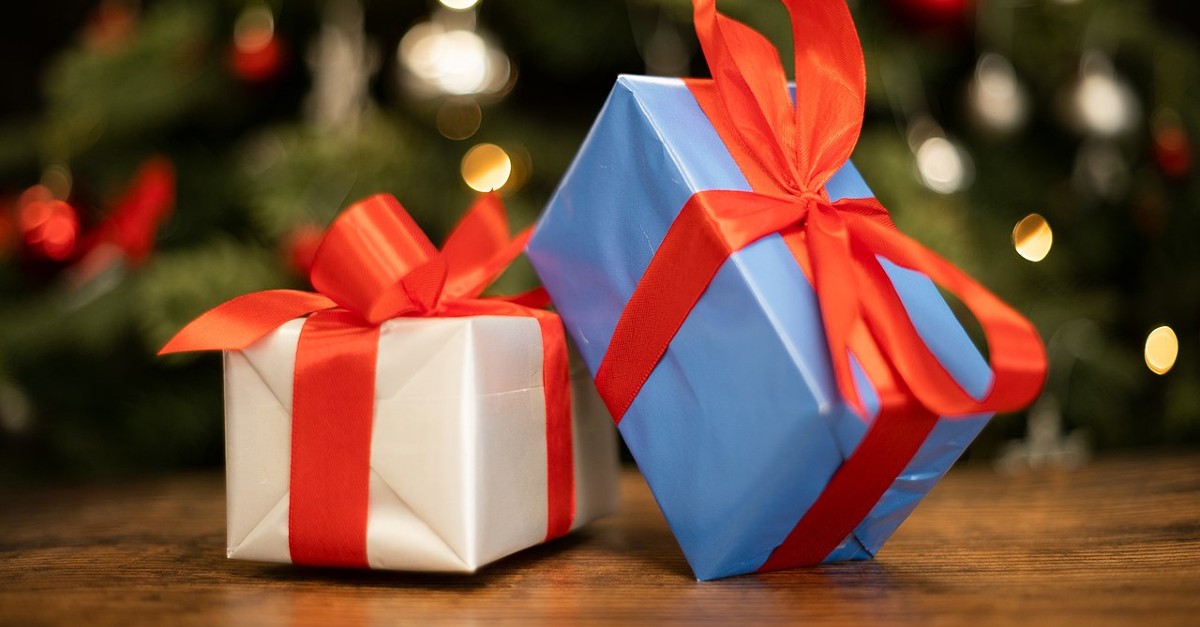December is always a strange month for schools. Everyone – the students, the teachers, even the administrators – knows that the holidays are just around the corner. This creates a palpable sense of anticipation in the classroom. Students may be rowdier than usual, others may have trouble concentrating, and then there are the ones that completely check out after the first sight of snow. For educators, this can be more than a little exasperating, but it can also be an opportunity to tap into students’ innate curiosity, creativity, and critical thinking.
Rather than trying to shut the holidays out of the classroom like a Grinch, educators can embrace them as part of their lessons. For instance, as the weather gets colder, students find themselves bundling up in enormous coats and fluffy sweaters. Teachers can begin the day by asking students a simple question, “What materials keep us warm, and how do they do this?” Once the classroom’s curiosity has been sparked, teachers can begin an investigation into the science behind insulation and heat conduction. Or, as the sidewalks begin to freeze with ice, students could explore activities dealing with friction and resistance. Not only do these activities allow students to learn the science behind the season, but it can also give them the knowledge they need to stay safe during bad weather.
Another option is to introduce lessons that exercise students’ social-emotional skills. It’s fairly common during this season for charitable organizations to seek out donations. Simply divide students into teams and have them choose a charity they would like to raise money and awareness for. Then, have them create an engaging PSA that they can share with their friends, family, and the people of their community. Teachers can even give the activity more flexibility by allowing students to choose what form their PSA will take – a video, a flyer, a catchy jingle that can be sung in the hallways, etc. Not only will this draw support for a good cause, but it will help students work on their social-awareness, relationship skills, and much more.
Lastly, it’s always okay to just let students play. As VAI Education’s Jamie MacPherson has previously written, unstructured play is a crucial part of student growth. For elementary students, unstructured play can have a significant impact on their cognitive, emotional, and social development as they discover the world around them and their place in it. So, give students permission to play this holiday season. Let them read their favorite books, dive into some arts and crafts, or enjoy seasonal games that get them up and moving. After all, if you can’t play during the holidays, then when can you play?
If you found these strategies helpful, then be sure to also check out the Blue Apple Timely Topic, Happier Holidays! This free resource comes with four fun, fifteen-minute activities will engage your students’ minds — and their hearts — this holiday season. These include STEM challenges, an immersive trip to explore holidays around the world, and much more. Each lesson also has differentiated instruction options for grades K–2, 3–5, and 6–8. Do one or do them all – the choice is yours!
Everyone at VAI Education wishes you a very Happy Holidays and a Happy New Year! Remember to take time to celebrate, relax, and reflect on all the accomplishments of the past year. You definitely deserve it!
For more free educational resources simply follow this link.
*Image Courtesy of Juliescribbles via Wikimedia Commons.
